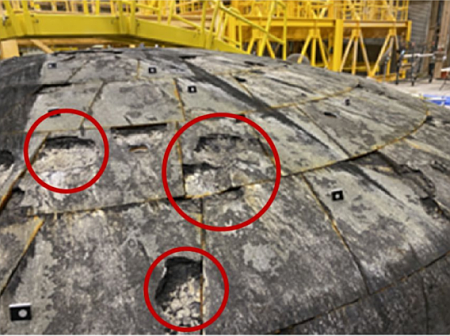Sutherland spaceport submits another revised plan to local council

Proposed spaceports surrounding Norwegian Sea.
We’re from the government and we are here to help you! The long-delayed proposed Sutherland spaceport on the north coast of Scotland has now submitted another revised plan to its local Highlands council for approval.
The amended plans for Sutherland Spaceport include a smaller launch pad and launch services facility, and realigning an access road to avoid an area of deep peat. Highland Council planners said the changes would mean reducing the amount of peat that would have to be excavated by more than half. The soil is seen as important because it absorbs CO2.
Highland councillors meeting next week have been asked to approve the amendments. In a report, officials said the amount of peat to be dug up could be cut from 24,046 cubic metres to 9,895 cubic metres.
This is the second time the spaceport has had to submit revised plans to this council. It did so in December 2023, but apparently the council was not satisfied.
Meanwhile Sutherland’s main launch customer, Orbex, has still not gotten its launch licence from the UK’s Civil Aviation Authority, first applied for in February 2022. Orbex, which has a fifty year lease at Sutherland and has built its rocket factory nearby, had planned to do its first test launch of its Prime rocket two years ago. Didn’t happen.
Adding to these bureaucratic delays, Anders Holch Povlsen, a local billionaire — who is an investor in the Saxaford spaceport on the Shetland Islands — in July 2024 filed what appeared to be an absurd harrasment lawsuit against Sutherland, and this was the second time he had done so.
I think Orbex picked the wrong spaceport horse in this race, and is likely going to be killed by this red tape and opposition.

Proposed spaceports surrounding Norwegian Sea.
We’re from the government and we are here to help you! The long-delayed proposed Sutherland spaceport on the north coast of Scotland has now submitted another revised plan to its local Highlands council for approval.
The amended plans for Sutherland Spaceport include a smaller launch pad and launch services facility, and realigning an access road to avoid an area of deep peat. Highland Council planners said the changes would mean reducing the amount of peat that would have to be excavated by more than half. The soil is seen as important because it absorbs CO2.
Highland councillors meeting next week have been asked to approve the amendments. In a report, officials said the amount of peat to be dug up could be cut from 24,046 cubic metres to 9,895 cubic metres.
This is the second time the spaceport has had to submit revised plans to this council. It did so in December 2023, but apparently the council was not satisfied.
Meanwhile Sutherland’s main launch customer, Orbex, has still not gotten its launch licence from the UK’s Civil Aviation Authority, first applied for in February 2022. Orbex, which has a fifty year lease at Sutherland and has built its rocket factory nearby, had planned to do its first test launch of its Prime rocket two years ago. Didn’t happen.
Adding to these bureaucratic delays, Anders Holch Povlsen, a local billionaire — who is an investor in the Saxaford spaceport on the Shetland Islands — in July 2024 filed what appeared to be an absurd harrasment lawsuit against Sutherland, and this was the second time he had done so.
I think Orbex picked the wrong spaceport horse in this race, and is likely going to be killed by this red tape and opposition.












